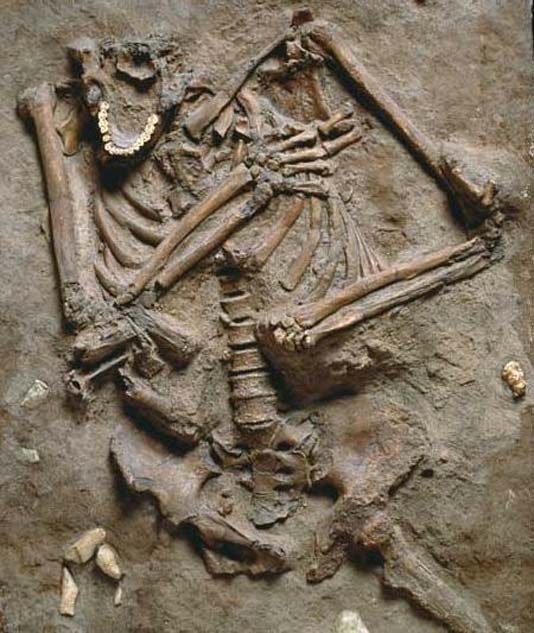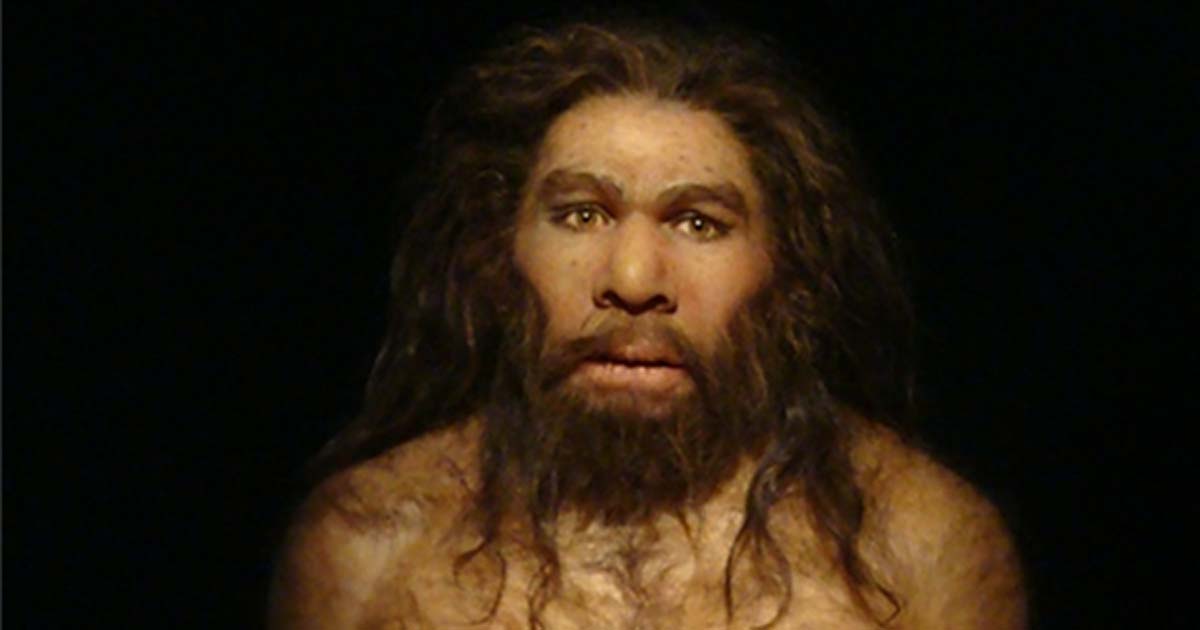More than Brutish Grunting: Can One Bone Prove Neanderthal Speech Existed?
For a long time, the common depiction of Neanderthals was a group of unintelligent subhumans who could only communicate through wild gestures and loud grunts. But many researchers were not convinced Neanderthals were as primitive as the media made them appear.
Scholars curious about the mysterious extinction of this hominid species 30,000 years ago have spent their lives trying to unmask the origins and details of the lives of the Neanderthals. One of the results of this interest was the discovery that Neanderthals probably had speech abilities not so dissimilar from what people use today.
People used to think that early humans and Neanderthals were missing the necessary cognitive ability and vocal hardware to accomplish spoken language. But an international team of scientists led by Associate Professor Stephen Wroe, a zoologist and palaeontologist at the University of New England, changed the story completely - and showed Homo sapiens were not the only hominids with the ability to speak.

Could Neanderthals speak? (The Human Evolution Blog)
3D x-ray imaging technology was used to examine a 60,000-year-old Neanderthal hyoid bone discovered in the Kebara Cave in Israel in 1989. The hyoid bone, aka the lingual bone, is a small, u-shaped bone located in the upper part of the neck, beneath the mandible but above the larynx. It provides an anchor point for the muscles of the tongue and those in the upper part of the front of the neck.
- The Origins of Human Language: One of the Hardest Problems in Science
- New Language Spawned in Remote Australian Town and Only 350 People Can Speak It
- A Unique Form of Ancient Communication: The Whistling Island of La Gomera
The hyoid bone is needed for speech. There are just two species of hominids to have had this bone in the right form and place for it - modern humans and Neanderthals. Other animals have different versions of the hyoid, but the position is not exact enough for the bone to work in unison with the larynx and tongue. Without our hyoid as it is, scientists believe we'd still be making noises much like chimpanzees.
When researchers found the modern-looking hyoid bone of a Neanderthal man in the Kebara Cave, they concluded that Neanderthals had a descended larynx and human-like speech capabilities. As Professor Wroe said,
“To many, the Neanderthal hyoid discovered was surprising because its shape was very different to that of our closest living relatives, the chimpanzee and the bonobo. However, it was virtually indistinguishable from that of our own species. This led to some people arguing that this Neanderthal could speak.”

The Neanderthal remains found in the Kebara Cave, Israel. (The Subversive Archaeologist/CC BY ND 3.0)
Not everyone was convinced that the morphology of the hyoid was enough evidence of Neanderthal speech ability. Some said it didn’t tell enough about the larynx's position; and the skull base, mandible, cervical vertebrae, and a cranial reference plane all had to be considered as well. Furthermore, there was a disagreement saying the Neanderthal hyoid may not have even been used in the same way as that of a modern human.
Professor Wroe’s team used 3D imaging and computer modelling to explore the issue. They analyzed the behavior of the fossilized bone with micro x-ray imaging and built models of the hyoid and its intricate internal structure. This information was compared to a modern human’s hyoid bone.
- Neanderthals Cared for Each Other and Survived into Old Age – New Research
- Research Confirms that Neanderthal DNA Makes Up About 20% of the Modern Human Genome
- Researchers Want to Get the Dirt on How Much Neanderthals and Modern Humans had Sex

The location of the hyoid bone and larynx in a modern human ( Lasaludfamiliar)
Their results show the mechanical behavior of the Neanderthal hyoid was indistinguishable from our own. This provides strong evidence that the bone was used in the same way. Professor Wroe concluded, “From this research, we can conclude that it’s likely that the origins of speech and language are far, far older than once thought.”
The first proto-Neanderthal traits appeared as early as 350,000 – 600,000 years ago, which means language may be as old, or perhaps even older, than that!
Top Image: A Neanderthal. Source:Marion Sabourdy/CC BY NC SA 2.0

















